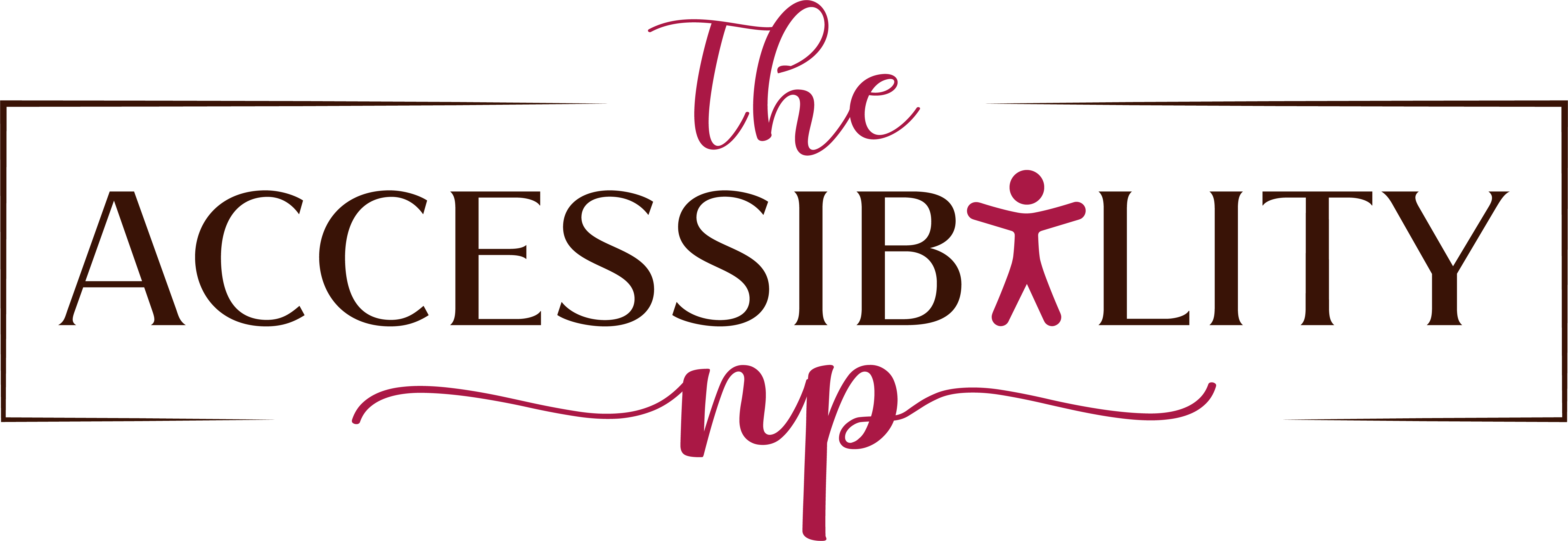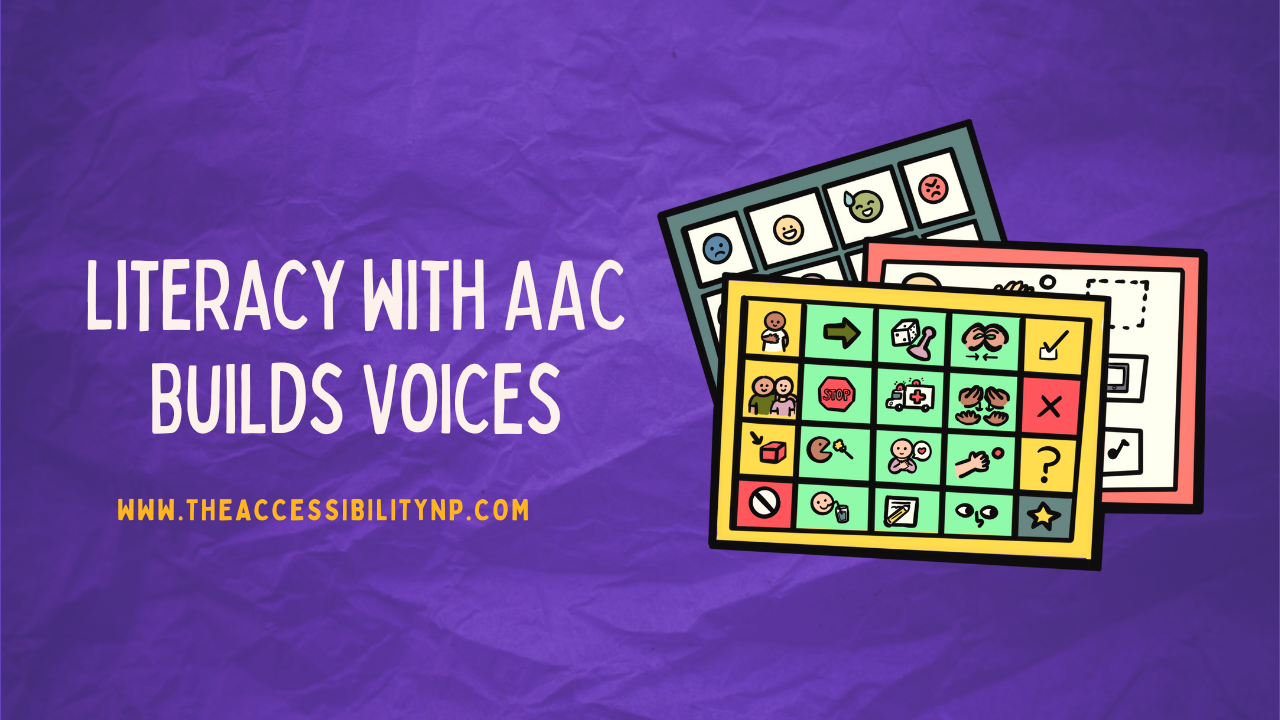Augmentative and Alternative Communication (AAC) provides essential support for individuals who experience significant challenges with verbal communication. AAC systems and strategies enable individuals to express themselves, connect with others, and engage in educational and social opportunities. When paired with literacy instruction, AAC becomes even more impactful, offering users tools to navigate the world more independently. Literacy, in turn, amplifies the power of AAC, providing a pathway to greater self-expression and access to information.
This article explores how AAC and literacy intersect, emphasizing strategies, tools, and approaches that make literacy accessible and achievable for AAC users.
Why Literacy Matters for AAC Users
Literacy—the ability to read and write—is foundational to education, communication, and participation in society. For AAC users, literacy is more than an academic skill; it is a crucial aspect of autonomy and connection to the world. Literacy expands their ability to communicate beyond preprogrammed phrases, spell out words or phrases not included in their devices, and engage with written content. Whether reading menus, following instructions, or writing messages, literacy provides access to a wide range of information and experiences. It also fosters social connections, helping AAC users participate in conversations, group projects, or shared storytelling.
Through literacy, AAC users can advocate for themselves. Writing or spelling allows individuals to clearly express their needs, preferences, and concerns in school, healthcare settings, or everyday interactions. It provides a means for them to share their unique perspectives with the world.
Challenges in Literacy Development for AAC Users
Although literacy offers profound benefits, AAC users often face barriers in developing reading and writing skills. Reduced access to print materials is common, as many AAC users are not provided with the same opportunities to engage with books and written content. Motor difficulties can also make traditional literacy activities, like handwriting or turning pages, less accessible.
Instructional gaps may occur when educators or caregivers prioritize functional communication over literacy instruction, sometimes assuming that literacy is secondary or unattainable. Limited expectations, stemming from misconceptions about cognitive abilities, may further restrict opportunities for growth. AAC systems often emphasize communication but may not fully align with traditional literacy instruction, creating additional challenges in bridging these gaps.
The Role of AAC in Supporting Literacy Development
AAC systems are powerful tools for fostering literacy skills. By integrating AAC into literacy instruction, educators and caregivers can create more accessible pathways to reading and writing. Core vocabulary—frequently used words like “go,” “want,” and “more”—is often a cornerstone of AAC systems and literacy. These words are foundational for communication and can serve as building blocks for reading and writing.
AAC systems facilitate sound-letter connections, an essential skill for early literacy. Features like text-to-speech and phonics apps support phonological awareness, helping AAC users recognize how sounds correspond to letters. Additionally, AAC enables active participation in literacy activities, such as answering questions, labeling objects, or engaging with stories. Writing is another area where AAC excels, offering tools like keyboards, word prediction, and text-to-speech for composing sentences or personal narratives.
Strategies for Integrating AAC and Literacy Instruction
Focusing on emergent literacy skills is a foundational step. Emergent literacy involves recognizing letters, understanding that print carries meaning, and engaging with books. Providing access to books with large pictures, tactile elements, and simple text helps AAC users explore reading. Interactive reading sessions, where users can answer questions or comment using their AAC devices, foster deeper engagement.
Core vocabulary is an essential focus in literacy activities. Words like “want,” “go,” and “stop” can be used to build sentences, tell stories, and play word games. Incorporating these words into reading and writing tasks creates a natural connection between AAC and literacy.
Phonological awareness, the ability to recognize and manipulate sounds in words, is another critical skill. Activities like matching sounds to letters, playing rhyming games, or segmenting words into sounds support this development. Apps that combine phonics instruction with AAC-friendly features are particularly helpful.
Writing activities should be adapted to meet the needs of AAC users. Alternative tools like keyboards, touchscreens, or styluses can make writing more accessible. AAC systems can be used to write sentences, create stories, or combine symbols and text to express ideas.
Shared reading, where adults and AAC users read books together, provides a valuable opportunity for interaction and learning. Encouraging AAC users to comment on the story, identify characters, or predict outcomes helps develop comprehension and vocabulary. Embedding literacy in daily routines, such as writing shopping lists or labeling items around the house, ensures consistent practice and engagement.
The Role of Educators, Caregivers, and Therapists
Collaboration among educators, caregivers, and therapists is key to successful literacy development. Educators play a vital role by incorporating AAC tools into classroom activities and providing differentiated instruction tailored to the needs of AAC users. Caregivers can create print-rich environments at home, offering books, labels, and opportunities to practice reading and writing. Therapists, particularly speech-language pathologists, address barriers to literacy by guiding phonological awareness, vocabulary development, and AAC integration.
Regular communication among stakeholders ensures that literacy instruction is consistent and aligned with the AAC user’s goals and needs.
Integrating Technology into AAC and Literacy Instruction
Technology has transformed literacy instruction for AAC users, offering features that make reading and writing more accessible and engaging. Word prediction reduces the effort required for typing by suggesting words based on the first few letters. Text-to-speech allows users to hear written text, supporting comprehension and spelling. Interactive storybooks engage users with customizable text, audio narration, and interactive features, making reading more enjoyable.
Symbol-supported text, which combines visual symbols with written words, helps users comprehend and engage with written material. These tools not only make literacy more accessible but also enhance the learning experience, fostering greater engagement and retention.
Building a Path Forward
The journey toward literacy for AAC users is filled with opportunities to explore, learn, and grow. Creativity, persistence, and collaboration among educators, caregivers, and therapists ensure that AAC users can achieve literacy goals. High expectations empower users to strive for success, while access to resources and consistent practice builds confidence and skill.
Making learning meaningful by incorporating literacy into daily activities and focusing on topics that resonate with the AAC user encourages engagement. Celebrating progress, no matter how small, fosters motivation and a sense of accomplishment.
By embracing the intersection of AAC and literacy, educators and caregivers can help users unlock their potential, ensuring their voices are heard and their stories shared. Literacy is not just a skill; it is a bridge to connection, independence, and self-expression.
See you next Monday. Stay inspired and keep pushing for accessibility!

